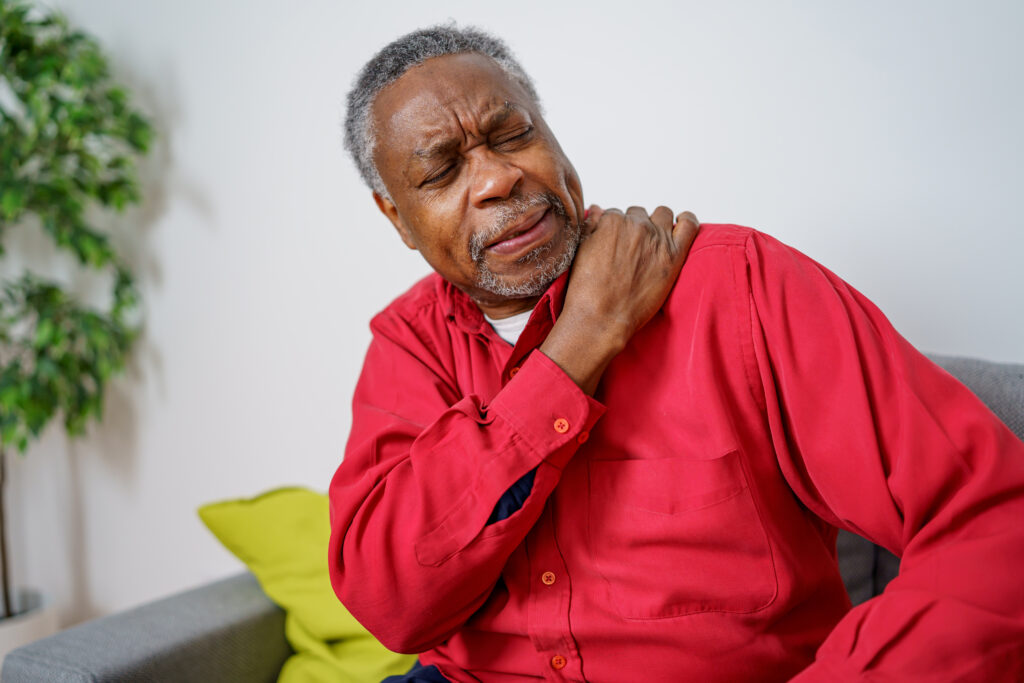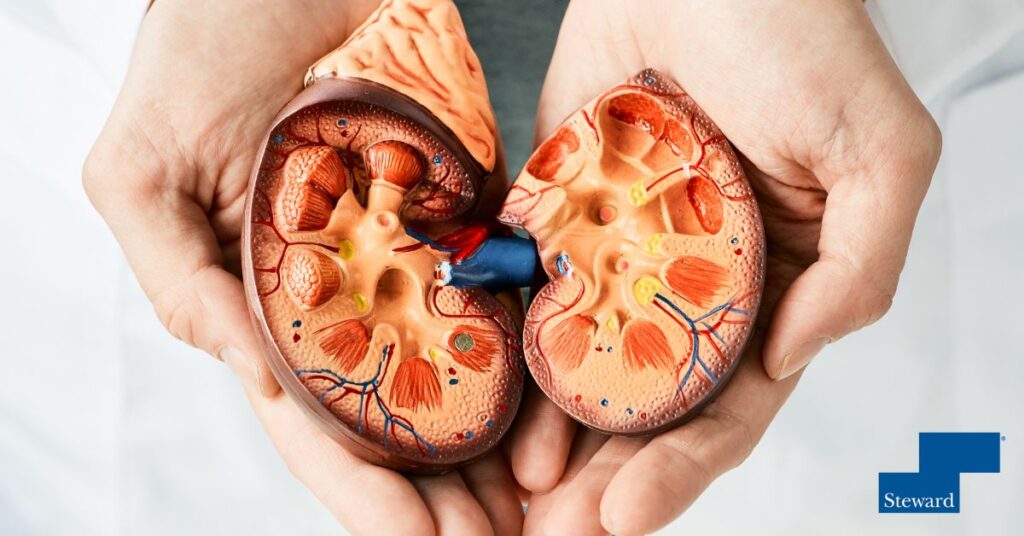Proper Conditioning and Realistic Expectations Key, says Dr. Jeffrey Liang
 The U.S. Women’s National Soccer Team, including star forwards Megan Rapinoe and Alex Morgan will take the field in Houston June 10, just weeks before heading to the Olympic Games in Japan that were postponed last year during the pandemic. Hoping to reprise their 2012 Olympic gold win and as Olympic fever builds, the elite athletes are sure to inspire a new legion of fans and motivate others to become more active, said Steward Sports Medicine physician, Dr. Jeffrey Liang.
The U.S. Women’s National Soccer Team, including star forwards Megan Rapinoe and Alex Morgan will take the field in Houston June 10, just weeks before heading to the Olympic Games in Japan that were postponed last year during the pandemic. Hoping to reprise their 2012 Olympic gold win and as Olympic fever builds, the elite athletes are sure to inspire a new legion of fans and motivate others to become more active, said Steward Sports Medicine physician, Dr. Jeffrey Liang.
“Just getting out to see events is going to be good for people,” said Dr. Liang, a primary care sports medicine specialist with Steward Medical Group who sees patients in Houston and Sugar Land, Texas, and is a member of the medical staff at St. Joseph Medical Center. “Olympic competition excites us and inspires us to want to be active on our own.”
But for weekend warriors and recreational athletes, jumping too quickly into the sports arena especially as we emerge from the COVID-19 pandemic, can lead to injury for many while emulating their favorite star. Soccer, swimming, gymnastics, track, and basketball are cornerstone sports of the Olympics and inspire many to don their cleats, lace up their running shoes, and hone their long shot – but being properly conditioned and setting realistic expectations are important for the everyday recreational athlete.
“Typically for the weekend warrior, we bite off more than we can chew,” said Dr. Liang. “We want to jump right back into where we were when we were younger, stronger and more active. My general advice is to ease into it, warm up, and know your limits.”
Dr. Liang provides an overview of some common injuries for athletes and ways to help prevent them.
Soccer
Rapinoe, a standout athlete both on and off the field, has sustained a torn anterior cruciate ligament (ACL) twice in her left knee, and once in her right during her career. A torn ACL is a common injury in athletes, and female athletes sustain ACL tears more frequently than their male counterparts, Dr. Liang said.
“Biomechanically, women and men are built differently. Women have a larger angle at the knee and their muscle development is different,” he said. “Keys to avoiding injury would be good conditioning. Many injuries are going to occur when athletes are really pushing themselves when fatigued. This can lead to poorer technique or form and abnormal forces across the joints.”
But the type of conditioning most people think of- brute strength through squats and leg presses, or cardiovascular conditioning such as running miles and miles, won’t protect athletes from an ACL injury. “In order to prevent ACL injuries or ankle injuries, training needs to occur in the lateral/side to side plane and moving through multiple planes at once as in pivoting. Agility and balance are going to be much more important than pure strength,” Liang said.
Female athletes are also more prone to concussion injuries, and concussion in female athletes is an area that may be underrecognized, he said. Collisions between athletes and heading in soccer are areas for sports medicine specialists to be very mindful. Proper nutrition is also key for female athletes where sports medicine specialists will see a higher incidence of eating disorders, bone density issues, and irregular menstrual cycles.
Swimming
The Olympics will give the world the chance to see if there is another aquatic phenom like Michael Phelps waiting in the wings. Phelps competed in five Olympics and won a total of 28 medals, including 23 gold, remaining relatively healthy throughout his competitive career.
One of the most common injuries for swimmers is overuse injuries to the shoulder and rotator cuff injuries, Liang said. “The shoulder is the most mobile joint in the body. What helps make a swimmer really good is having good flexibility in the shoulder. If you have someone who has a really strong shoulder but doesn’t have adequate flexibility, they’re not going to be as good a swimmer.”
Sometimes there can be too much flexibility, and the muscles and ligaments in the shoulder become loose and injuries can occur. To help prevent injury, Liang recommends conditioning to build up strength and endurance. Good body mechanics are also important as your power comes from your legs. Relying too heavily on upper body strength can put undue stress on your shoulders leading to injury. “Paying attention to good technique is going to help prevent injury,” he said.
Gymnastics
For many aspiring athletes, there is nothing more thrilling than watching their favorite gymnast such as Simon Biles – who just won a historic seventh U.S. national all-around gymnastics title – stick the landing on a perfect vault, execute an exquisite balance beam routine, or successfully complete a highly technical floor routine. Back injuries and traumatic injuries from falls are the most prevalent sports injuries these athletes sustain, however, due to the complexity of gymnastics, it’s not typically a sport where sports medicine physicians see a lot of recreational gymnasts, Liang said.
“For the more competitive athlete, conditioning, conditioning, conditioning is key,” he said to avoiding injury. For the recreational gymnast who may be doing backflips, forward flips, or tricks on trampolines, he cautions the individuals to be aware of their surroundings. “Make sure your surroundings are safe, have a spotter, be smart, and, again, know your limits.”
 Track
Track
For athletes who excel on the track in running events, muscle strains and hamstring injuries are among the most common in sprinters. And they can bring down even the most gifted of athletes, Liang said, recalling American Tyson Gay, hoping to challenge Usain Bolt, suffering a severe hamstring injury in the 2008 US Olympic trials. “He was pushing the human limits,” Liang said of Gay. “What’s going to give is the weakest link in the chain.”
“For the recreational athlete, when your muscles tire, you’re setting yourself up for injury. You need to stay within the limits of your conditioning.” Long distance runners are more prone to overuse injuries like “IT band syndrome” which is an injury of the muscles and tendons that start at the pelvis – the ilio-tibial band – and runs down the side of your leg to your knee. “For the general athlete, ways to avoid that is to build yourself up. Don’t train for a marathon by running 26.2 miles the first day.” He recommends foam rolling, stretching, icing, and improving running technique to also help avoid this injury in long distance runners.
Basketball
For those who dream of being the next LeBron James or flying to the hoop a la vintage Michael Jordan, Olympic basketball showcases the tremendous talents of athletes around the globe. For basketball players, lower extremity injuries to the knees, ankles, and feet, are common. In basketball, jumping (and landing) adds another dimension to the sport which is not as prevalent in soccer. This explosive movement can put players at risk for Achilles tendon ruptures and jumper’s knee. Knowing your limits and being aware of your surroundings and other players are very important in preventing injuries. High top sneakers can add stability for the ankles. Additionally, braces for the ankle or knee can provide additional support if needed, Liang said.
Whatever your favorite sport, Liang encourages everyone to exercise at least 30 minutes most days of the week, and always be equipped with the proper protective equipment and appropriate footwear. As society as a whole becomes more active as COVID-19 restrictions relax and more people become fully vaccinated, the opportunity to see elite athletes such as Rapinoe and Morgan and the U.S. Women’s Soccer Team take the field again is great motivation for the everyday athlete.
“Seeing professional sports is going to inspire us,” he said.
To find a doctor or schedule an appointment, visit Steward DoctorFinder™.




